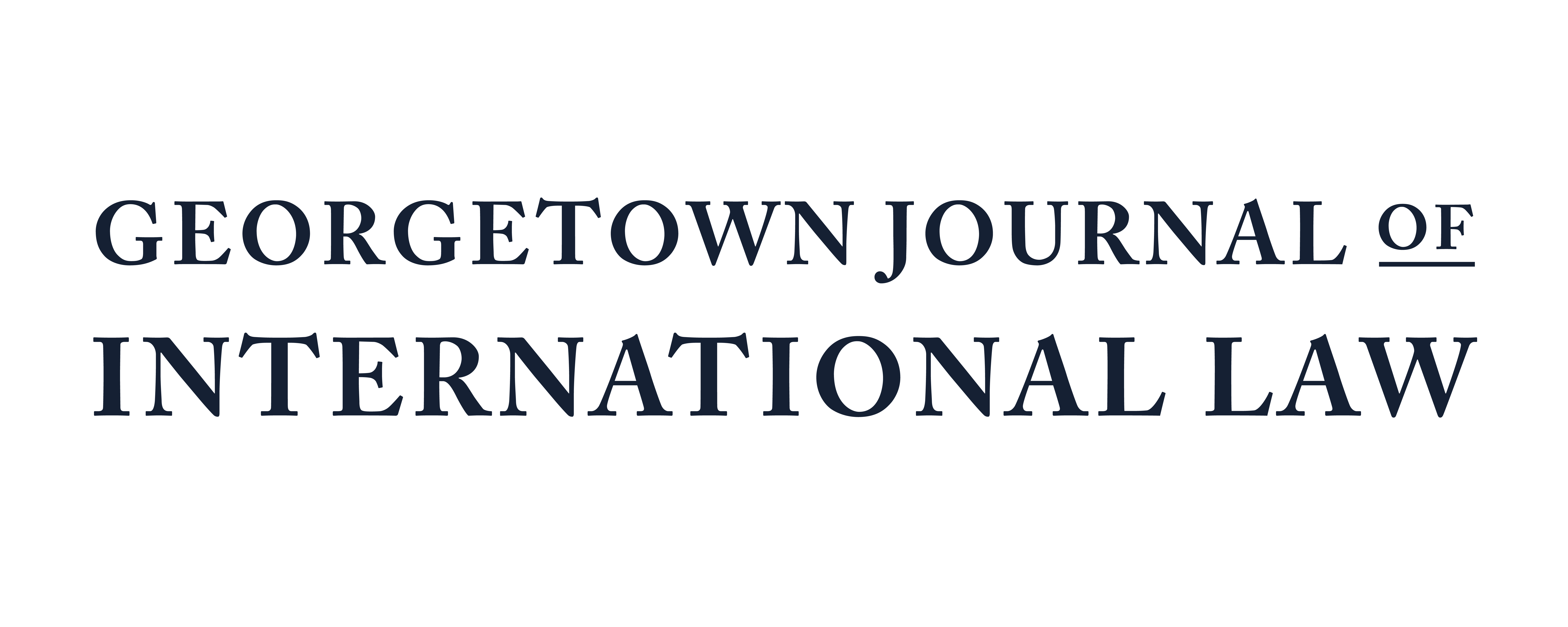The Big Data of International Migration: Opportunities and Challenges for States Under International Human Rights Law
Technology, as the epitome of our contemporary society, permeates the realm of international migration. Migrants and refugees are increasingly using mobile phones and digital features available online to prepare for migration and while on the move. Concurrently, advances in computer science allow for progressively more accurate analysis of the data generated by mobile devices and online searches. In particular, big data can be used to determine specific behavioral patterns, geolocation, and human interactions. This Article investigates the implications of these technological advances for states under international human rights law. It argues that big data can and should be used as a tool for the protection of migrants’ human rights by enhancing both decision-making and measures to prevent unnecessary deaths at sea, ill-treatment and human trafficking of migrants. Consequently, the article examines whether the development of new technologies can affect states’ capabilities for the identification of individuals in need of protection. It posits that to the extent that protection is mandated by human rights instruments, states may have a positive obligation to use available technologies to identify and assist vulnerable migrants. It evaluates this possibility against the protection of migrants’ right to life, the prohibition of torture, inhuman, and degrading treatment, and the prohibition of slavery and forced labor. In doing so, the article also emphasizes the limits and risks posed by the unrestrained use of new technologies, notably with respect to the protection of migrants’ right to privacy and data protection.
Continue reading The Big Data of International Migration: Opportunities and Challenges for States Under International Human Rights Law
Subscribe to GJIL
